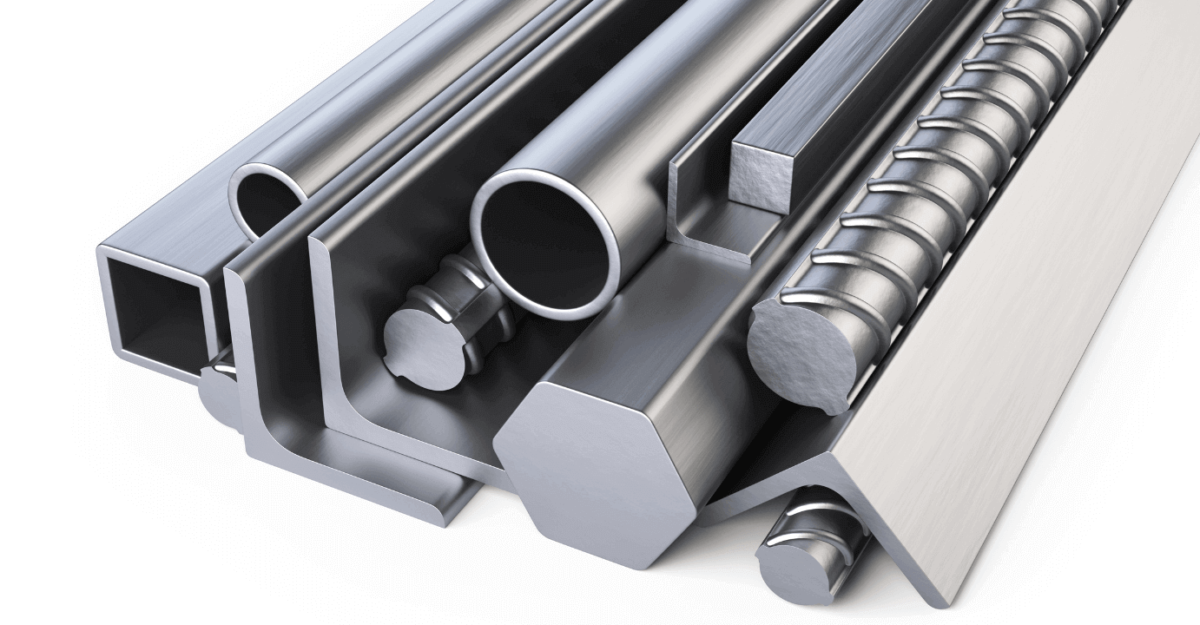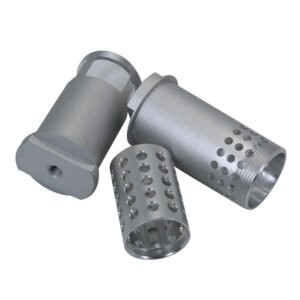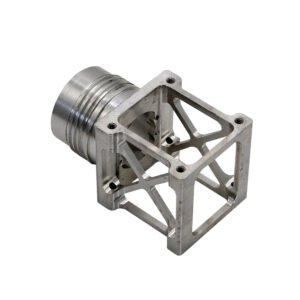The term CNC stands for “Computer Numerical Control.” CNC machines are generally electro-mechanical devices. CNC machining is a manufacturing process/method in which computerized controls and machine tools are employed on a piece of stock to eliminate the layers of material, making possible the production of a product with a customized design. The CNC machining process proves effective for producing high-precision parts with excellent tolerance.
There are a few materials for which CNC machining is suitable. These include wood, composites, glass, metals, and foam. CNC (computer numerical control) machining also has many applications in different industries, including large CNC machining, telecommunications, and machining aerospace parts that need relatively higher tolerances than other industries.
CNC machining makes possible the production of the simplest parts with higher precision, higher accuracy, and cost-effectiveness. Although, when we talk about manufacturing processes, CNC machining has a significant advantage over other manufacturing processes, the CNC machining process has certain limitations in manufacturing complex or intricate products.
History of CNC Machining

In the 1940s or 1950s, the first CNC machines were made based on common telecommunication data storage technologies. These technologies were known as “punched tape” or “perforated paper tape.” With advancements in technology and improved digital processing power, CNC machines continued to improve their efficiency and improvement.
What is Large CNC Machining?
When we talk about manufacturing products of large diameter, large CNC machining can consider a subclass of CNC machining process. Large CNC machining has a lot of benefits in the industry because of the high precision and accuracy it provides. This fact makes it applicable and highly demanding for industrial work. Large CNC machining knows as Large Diameter Machining.
Structure of Large CNC Machining
Large CNC machining can classify as a subclass of CNC machining method that is involved in the making of large parts. Large CNC machining is also a subtractive manufacturing process like CNC machining. Thus, the parts of a very large workpiece can be removed by various machine tools controlled by a computer. Large CNC machining is a difficult method and process. It can prove very helpful to understand the whole procedure of manufacturing large CNC machining parts. Let’s try to understand some basic steps of this process.
Applications of Large CNC Machining
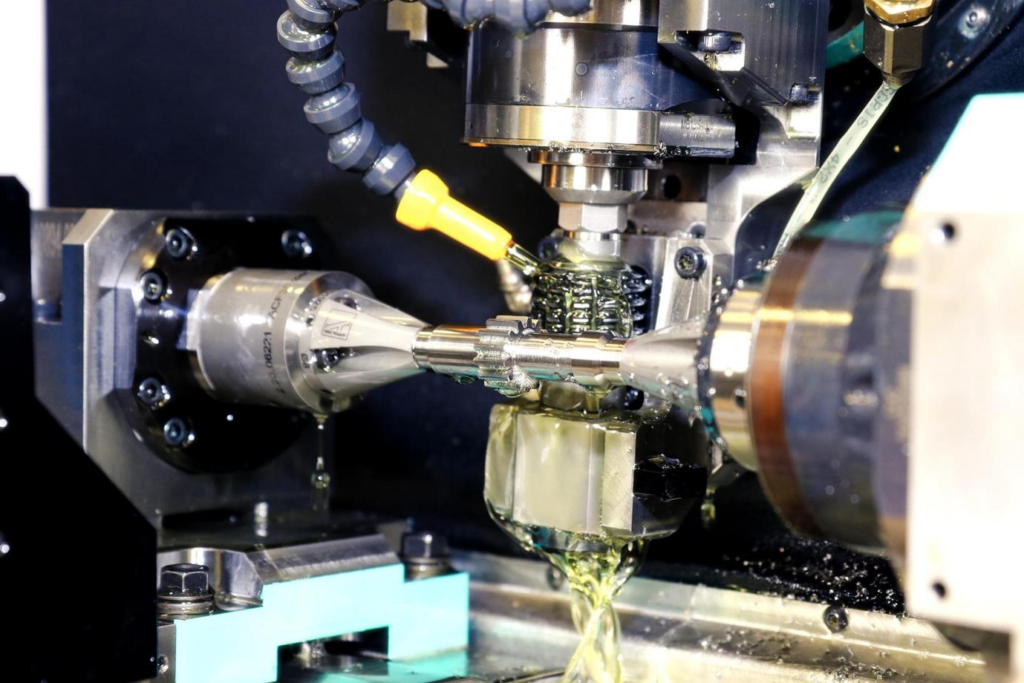
CNC machining is the demand of many industries for making the parts used in their tools, products, or machines. But because of size, large CNC machining is employed by only a few industries. It is not possible to use this machining at a small level. Following are the industries that use large CNC machining processes in their manufacturing:
1: Automotive
Automotive industries use small sized CNC machining to manufacture their prototype vehicles. Although, when it comes to production, automotive industries also employ large CNC machining used in making parts used in their engine, shaft, and machined components.
CNC machining has many advantages, such as CNC machining makes the production fast and makes possible the production of many products quickly. Large CNC machining reduces the cost of production, thus making possible the production of high-quality products that are cost-effective as well.
The computerized process of CNC minimizes the labor cost as it needs less human supervision. Only one person can control the whole operation if you want to decrease the overall cost of a project. CNC machining can reduce production errors to a great extent so increasing precision and accuracy.
2: Aviation
Because of the precision and accuracy of large CNC machining, the aviation industry relies on CNC machining to a great extent. Large CNC machining offers replacement and upgraded parts of the aviation industry. These characteristics make large CNC machining a more suitable method for the aviation industry.
Aviation components CNC machining is the most critical for the industry. Precision machining is regarded as an essential aspect of the aviation industry; CNC machining has a lot to do for the aviation industry.
3: Mining &Power Industry
The products generally used in mining are larger and should be quite strong because of the pressure and power created in mining. That is why large diameter machining is the most suitable method for mining and power industries. You can manufacture gearboxes, and ranging arms, etc.
4: Oil and gas
Large CNC machining is essential for the designing and fabricating of oil and gas parts and equipment. Common examples of such parts may include connecting rods, gearboxes, etc. Large CNC machining ensures stability, precision and accuracy in the oil and gas industry.
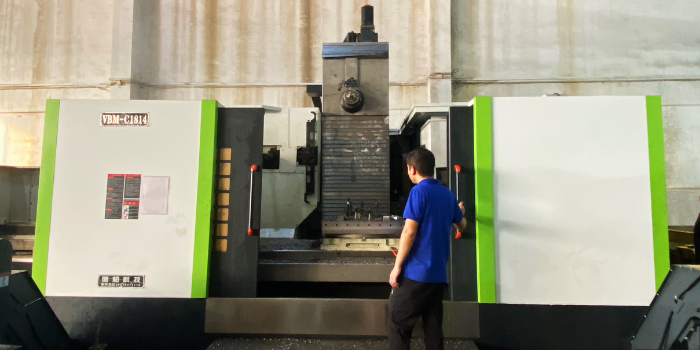
Considerations for Large Part CNC Machining
As large diameter CNC machining is not a straightforward process, we need to consider certain things while adopting this procedure. These considerations are explained in detail below:
1: Design
If you want to make products of high quality and tight tolerance, you need to understand the process and conditions that can affect the design of the products. There may be various factors that can affect the design of your parts. These conditions are given below:
➔ Temperature
When we employ large part machining, the temperature is vital to consider. Heat is produced in the process of CNC machining. Heat can create in CNC machining, and if variation occurs in temperature, a change in the dimensions of the workpiece occurs.
➔ Stress and Distortion
When we are working on large parts CNC machining, there may be a chance that you may encounter stress in the process. Because of the pressure, the manufacturing process can become distorted, which leads to the workpiece distortion.
➔ Work Zone
When starting your project with large CNC machines, ensure you have a more extensive work zone and a higher reach.
Preparation for Large Part Machining Process
You need to understand the conditions for the equipment required while preparing for large part machining. One important thing is to accommodate those parts of machines that are large and heavy.
You can prepare for the process in the following ways.
● Removal of the collisions
As the size of the parts increases, collisions become higher. Thus, it would help if you reduced the possibility of any collisions. Optimization of the CAD file is one of the methods of eliminating collisions in the process. You need further optimization of the CAD file if there are chances of a crash.
● Supporting the Weight
When we talk about machining the larger parts, then it means that we are talking about the work with a larger weight. Therefore, we must prepare against the weight by using weight support.
● CNC Router Use
Large parts machining is similar to working with more significant parts with CNC machining. You can add a CNC router during the preparation phase because of the bigger work envelopes. CNC routers are measured best for the process.
● Preparation of loading equipment
Loading equipment is one of its core tools for large part machining methods. But they have some importance due to their specific features, such as they help in loading and unloading large and heavier parts that are not easy to carry.

Large Part Machining
For the effective usage of large part machining, we must go for a proper setup and consider the essential tools for the process. This importance is because the large part machining process targets the large parts.
1: Setup
A few Setup tricks that work for a straightforward operation are given below.
● Open the machine
Without a temperature rise, the opening up of a machine allows you to work on significant parts. A cooling period can incorporate between the operations to cool down the heat, ensuring the integrity of a machine part.
● Breaking up the operations into segments
The operation process of large CNC machining can help and make your work easy if you break the operation into small segments. It can perform during the designing procedure.
● Sliding and spinning the significant parts
Working and handling large parts are challenging, so you can use an impromptu. It can allow you to work independently on various parts of the workpiece when you slide the machined parts on the impromptu.
Tools
The tools used in large diameter machining are different from standard CNC machine tools.
Although these tools work the same way as normal CNC machining, we need to adapt these tools to large diameter machining. Because of this reason, we will have standard extensive diameter machining tools, which include large CNC mills, large boring machines, etc.
Below are the tools that are used in the process.
● Layout and moveable equipment such as overhead, cranes, and forklifts.
● Shapers
● Planers
● Grinding machines
● Power saws
Summary
The large CNC machining process is briefly described here to provide you with an outlook on this machining process. It can help you select the best and most reliable Large CNC machining manufacturer for your business. The proper understanding and knowledge of the large CNC machining process can save your time and money.
Are you looking for machining companies to become a partner with them? To get quality CNC machining and the best sheet metal products, contact QBH Technology.


